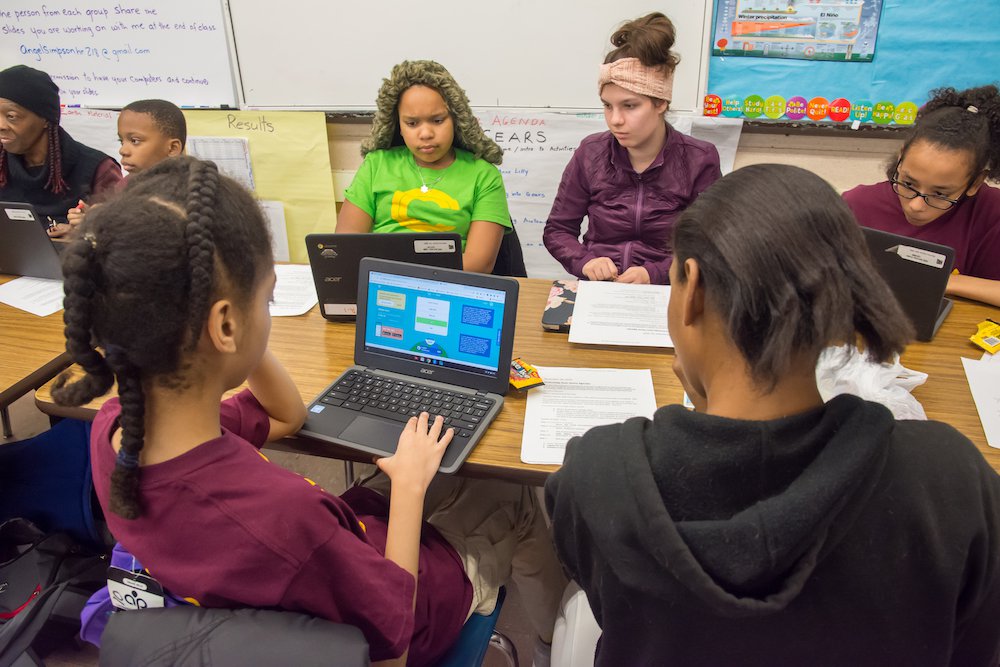The autumn term is in full swing, with educational institutions nationwide swiftly integrating artificial intelligence (AI) to enhance the learning environment for all. One notable instance is the recent adoption of “Ed” by the Los Angeles Unified School District (LAUSD).
Ed, an AI chatbot, is specifically tailored to assist Black students with Individual Education Plans (IEPs), aiming to alleviate the challenges faced by this demographic. While Ed may initially appear as a beacon of hope—a solution to the systemic issues surrounding IEP mismanagement and the marginalization of Black students in the district—it raises concerns about the potential drawbacks for Black students with IEPs.
The proliferation of AI technologies in public schools post-pandemic holds promise in addressing educational disparities and supporting marginalized students. These technologies claim to enhance school interactions, identify deception, prevent on-campus crimes, and even forecast behavior and academic performance. However, the incorporation of anti-Black biases in the development and deployment of such solutions often results in adverse rather than beneficial outcomes.
For example, Proctorio, a widely used remote proctoring system, utilizes AI to detect behavioral anomalies during exams in real-time. However, Black students face significant challenges in passing exams without triggering the flawed behavioral detection algorithms, leading to exam disruptions, poor grades, and disciplinary actions. Similarly, prominent school safety platforms like Gaggle and GoGuardian have been reported to erroneously flag discussions related to LGBTQ+ issues, race, and language used by Black students as violations of school policies, potentially endangering students’ well-being.
These instances underscore the risks associated with academic technologies focusing on health, behavior, and surveillance. In contrast, the impact of educational technology (EdTech) on learning-related outcomes, privacy, and student safety warrants further examination.
Nevertheless, the prevalent use of EdTech for disciplinary purposes rather than educational enhancement raises concerns. A national study revealed that over 60% of teachers utilize EdTech to monitor disciplinary infractions, indicating a predominant focus on surveillance rather than pedagogical support.
To mitigate the exacerbation of educational disparities, particularly in terms of racial biases and disciplinary practices, educational institutions must adopt a holistic EdTech approach. This approach should acknowledge the inherent biases in AI systems, promote algorithmic literacy among students and educators, and conduct equity audits to identify and rectify biases in educational technologies before implementation.
The current landscape of EdTech for underserved students necessitates immediate attention and proactive measures to address the unintended consequences of AI systems like Ed the IEP Chatbot, especially in districts like LAUSD. By prioritizing equity and inclusivity in educational technology, institutions can strive towards creating safe, engaging, and equitable learning environments for all students.






